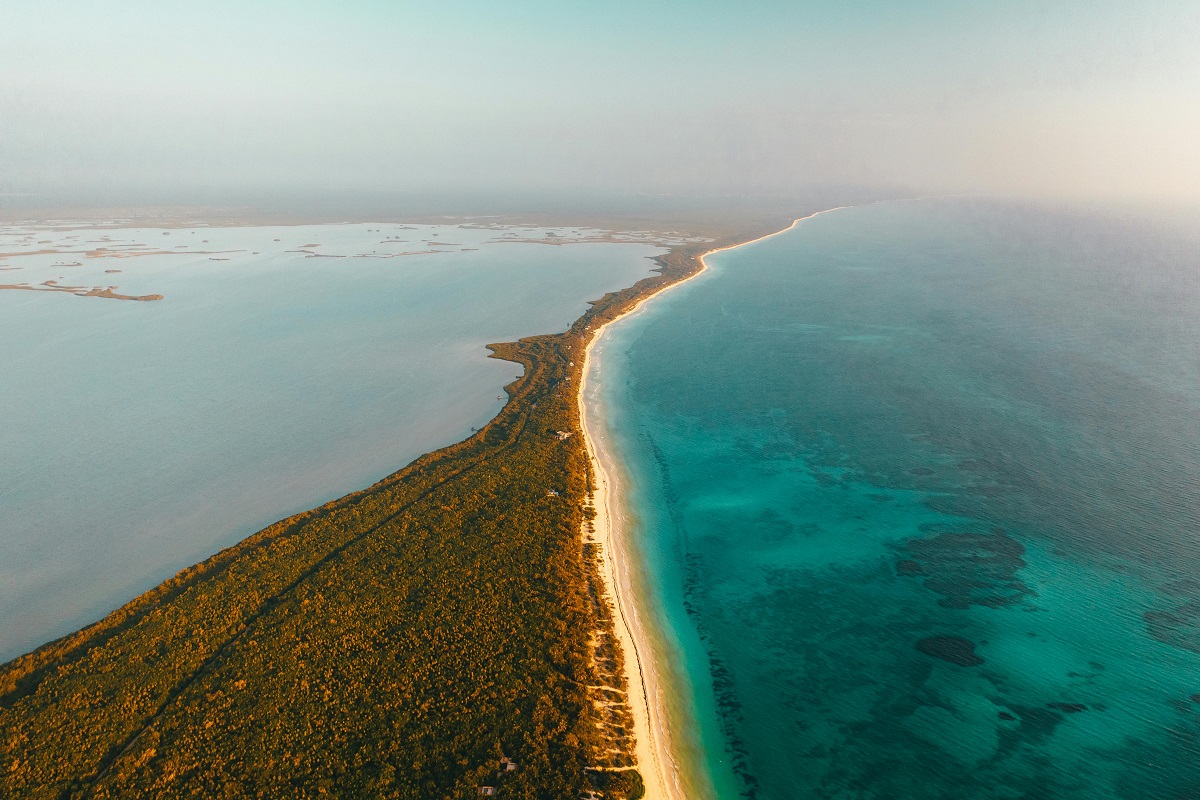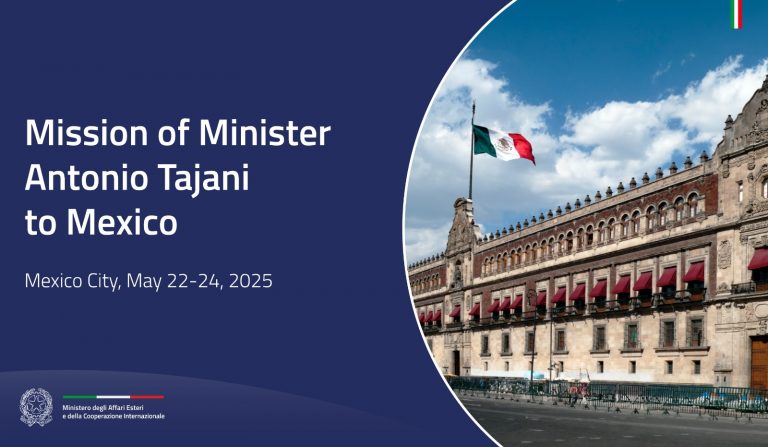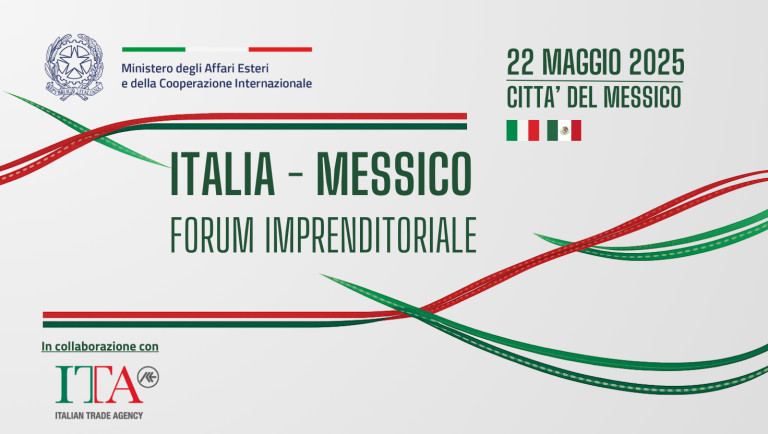Mexico is seeking to turn the tide of trade with the east coast of the United States and Asia by reducing its dependence on the Panama Canal, thanks to an ambitious infrastructure – the Interoceanic Corridor of the Isthmus of Tehuantepec. Through a network of over 1,200 kilometres’ worth of railways, roads and airports, this project is expected to unite the Atlantic and Pacific Oceans, connecting the ports of Coatzacoalcos and Dos Bocas in the west with those of Salina Cruz and Puerto Chiapas in the east.
The inauguration of the Mitla-Tehuantepec motorway, which is scheduled for next December and will significantly reduce travel times between the Central Valleys and the Isthmus, will mark a further step towards the completion of the project, whose overall progress, according to the Mexican authorities, has reached 80%. Infrastructure works have already been completed in the port of Salina Cruz, including the installation of a container terminal and a viaduct rail access.
With an estimated USD 5 billion investment by the Mexican government, this Interoceanic Corridor could contribute to a 2.65% increase in the national Gross Domestic Product (GDP). In fact, the infrastructure is expected to attract private investment of up to USD 50 billion and help create new development poles and industrial parks in strategic sectors, including pharmaceuticals, high technology in health, agribusiness, and logistics. In addition, the Government has established that companies setting up in the Tehuantepec Isthmus corridor will enjoy tax benefits and pay neither income tax nor VAT.
Thanks to the foreign direct investment that the Corridor will attract, as well as the funding included in the European Global Gateway strategy in Mexico, the goal is also to stimulate the economic growth of Mexico’s southeast, a region rich in natural resources such as water, fossil fuels, and energy from renewable sources, which includes the states of Oaxaca, Tabasco, Veracruz, and Chiapas, as well as those that make up the Yucatán Peninsula. To this end, other important infrastructures in the region, such as the Mayan Train and the Olmeca oil refinery in the port of Dos Bocas, will be connected to the Interoceanic Corridor.
Among the European companies that have already confirmed their interest in the area are the Danish Helax Istmo group, which is engaged in the production of green ammonia for the European market, as well as several German companies such as Bosch, Mahler and Continental, which have indicated a preliminary expression of interest in investing in the project.
The construction of the corridor is entrusted to the Secretariat of the Navy (Semar – Ministry of the Navy), which has set up the public body Corredor Interoceanico de l’Istmo de Tehuantepec (CIIT) for this purpose, for the administrative management and execution of the multimodal logistics platform.








